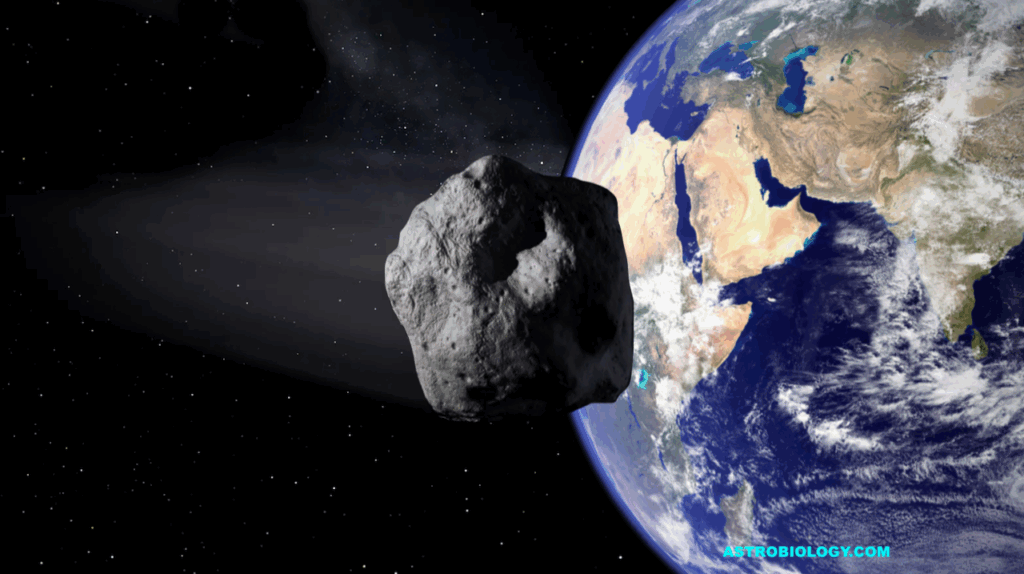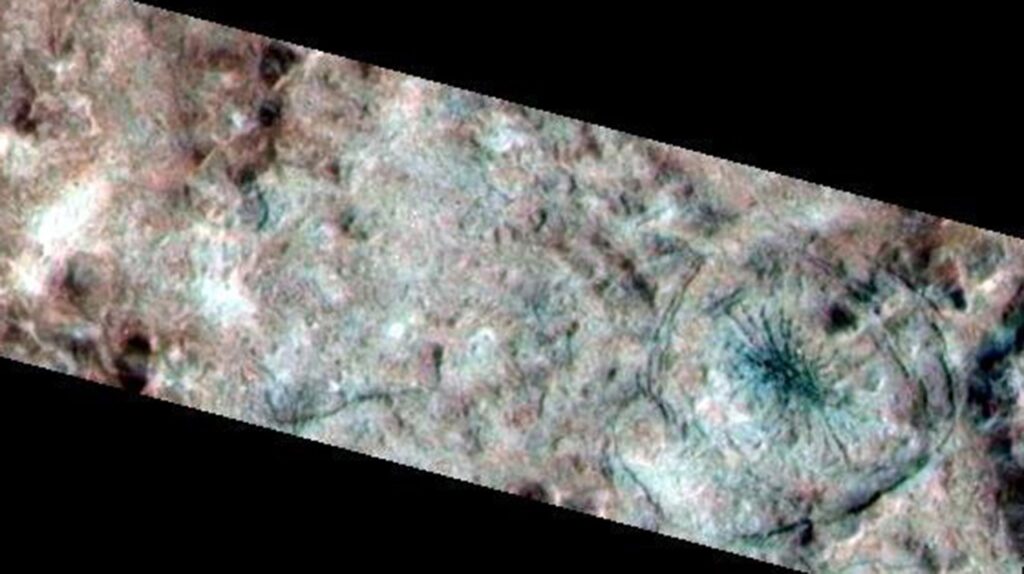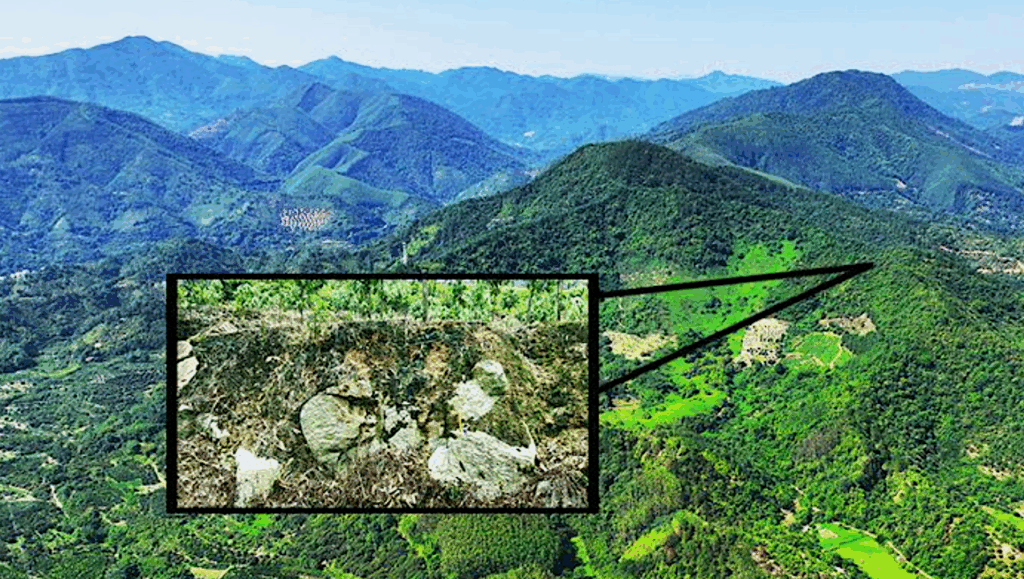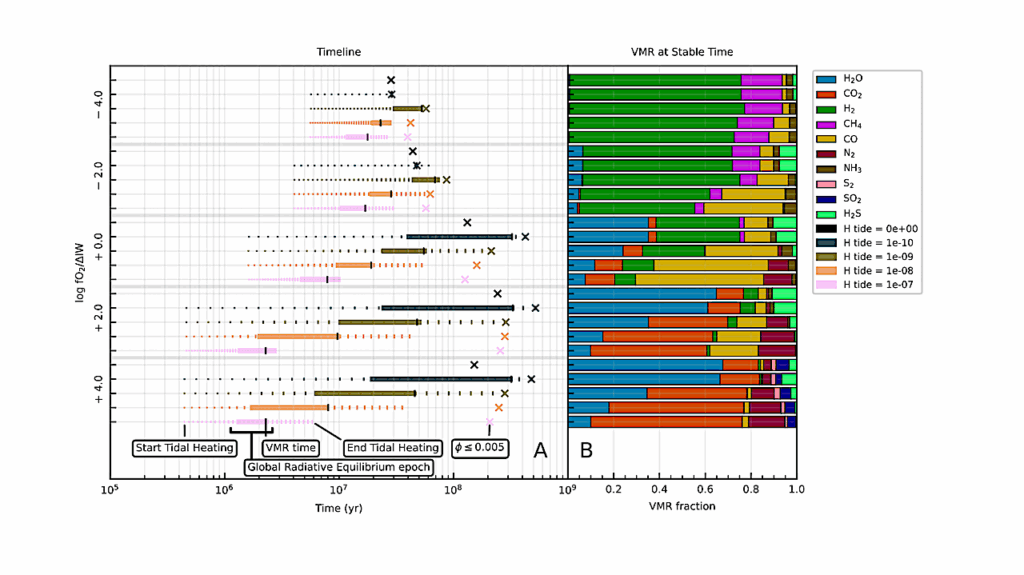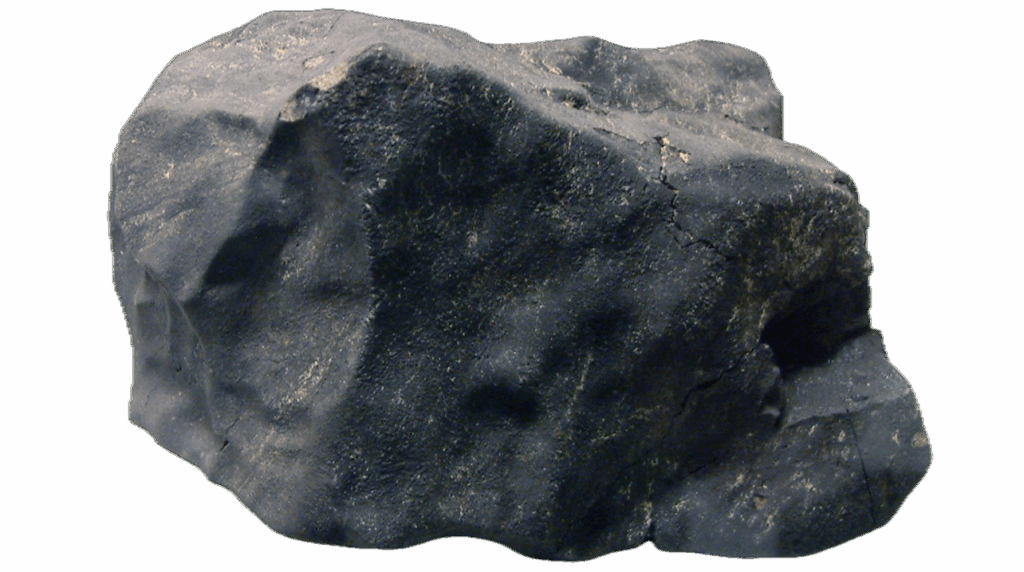Ocean Drilling Perspectives on Meteorite Impacts

Extraterrestrial impacts are a ubiquitous process in the solar system, reshaping the surface of rocky bodies of all sizes.
On early Earth, impact structures may have been a nursery for the evolution of life. More recently, a large meteorite impact caused the end-Cretaceous mass extinction, causing the extinction of 75% of species known from the fossil, including non-avian dinosaurs, and clearing the way for the dominance of mammals and eventual evolution of humans. Understanding the fundamental processes associated with impact events is critical to understanding the history of life on Earth, and the potential for life in our solar system and beyond.
Scientific ocean drilling has generated a large amount of unique data on impact processes. With the constant subduction and creation of oceanic crust, the Chicxulub impact is the single largest and most significant impact event that can be studied by sampling modern ocean basins. Marine sediment cores have been instrumental in quantifying the environmental, climatological, and biological effects of that impact. Drilling in the Chicxulub Crater has significantly advanced our understanding of fundamental impact processes, notably the formation of peak rings in large impact craters, but also raised new questions waiting to be addressed with further drilling. Within the crater, the nature and thickness of the melt sheet in the central basin is unknown, and an expanded Paleocene hemi-pelagic section would provide insights to both the recovery of life and the climatic changes after the impact. Globally, new cores in the Pacific could directly sample the downrange ejecta of this northeast-southwest trending impact.
Extraterrestrial impacts have been controversially suggested as primary drivers for many important paleoclimatic and environmental events throughout Earth History. However, marine sediment archives and geochemical proxies (e.g., Osmium isotopes) provide a long-term archive of major impact events in recent Earth history and show that, other than the end-Cretaceous, significant environmental changes do not appear to be driven by impacts.
AUTHORS Christopher Lowery Joanna V. Morgan Sean P. S. Gulick Timothy J. Bralower Gail Christeson Expedition 364 Scientists
SUBMITTED ON August 08, 2018
LAST EDITED December 03, 2018
SUPPLEMENTAL MATERIALS osf.io/u287b/
https://eartharxiv.org/j9zfk/
Astrobiology


